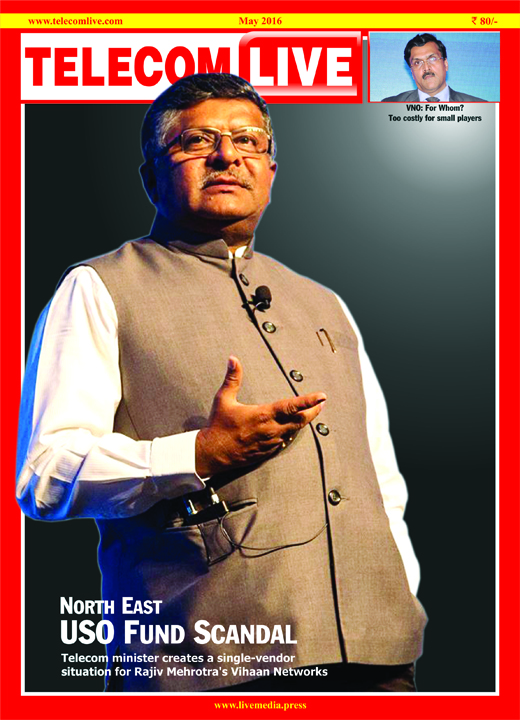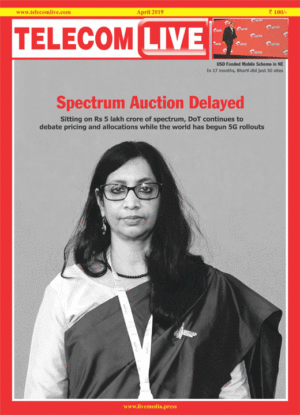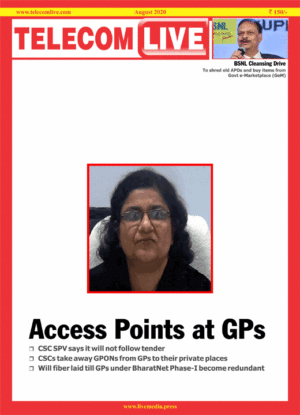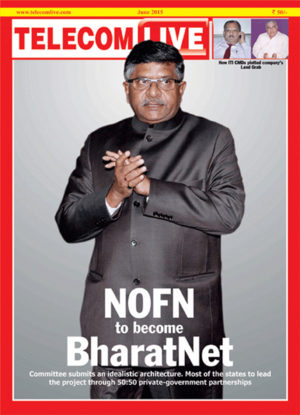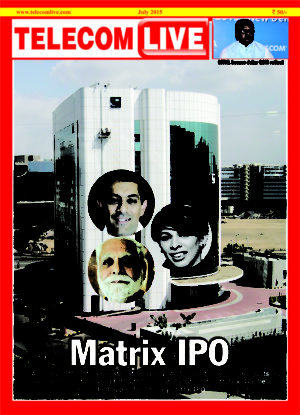USO Fund is a public fund created out of levies collected from users of telecom services to fund provisioning of telecom infrastructure in under-served areas. And the Prime Minister says that poor people have the first right over the resources of the government. But the proposed rollout of telecom services in uncovered villages in the north-east shows that resources will not be utilized for the benefit of the poor but to benefit a single vendor, Rajiv Mehrotra’s Vihaan Networks Ltd (VNL).
At a total cost of Rs 3,064.83 crore, a rollout of total of 4,177 towers & BTS will happen based on an outdated technology that is almost on the verge of becoming a legacy technology. Why is 2G being pushed in the North-East when the rest of the country is moving towards 3G & 4G? Are these areas to fall out of the Digital India map or is it the mindset that an outdated technology is good enough for underserved, poor and rural areas of the country?
But more importantly, all this has been plotted as a single vendor situation right at the very top, the telecom minister. And it has been strung up through specification fixing. Why else was the PMA clause inserted suddenly, when the DoT officials had stated in their official communications that mobile operators with licenses in north-east could only bid and were not to be governed by PMA conditions. Why did TCIL prepare a DPR that held up the outdated 2G technology? We have seen how, in the LWE rollouts a similar situation was created for VNL. The company sold legacy equipment to USO Fund and through BSNL is charging high costs for opex. Under the tender conditions they have to install and run operations for five years.
Coming back to the North-East rollout, there is an eligibility stipulation that only licensed access service provider can bid. Possibly, BSNL will bid with VNL’s wares. Otherwise the insertion of PMA condition does not make sense.
The Telecom Commission has approved a DoT committee’s recommendations on Virtual Network Operator. A year back Trai had recommended on the same matter. VNO is up for approval with the government now, a mere formality. In its present form, the VNO policy is past its sell-by date. It would have served its historic purpose had it come into being in 2008, when the issue first cropped up and at a time when the teledensity was 24.74 pc. Now it is 86.18 pc, the market is saturated and the policy mandates a high entry capital requirement. Only way it would have succeeded was to keep the entry fee low and by combining it with a VLE model. At a time when existing operators are exhibiting capex avoidance in network elements, the policy expects VNOs to put in money for BTS augments without ownership of numbering resources and tie-ups with a single Network Service Operator. Clearly, this is in the realm of imagination, not reality.
